Soil Surfactants, Wetting Agents, Penetrants, Wetters!
Turfgrass managers employ surfactants to enhance precipitation and irrigation inputs, to increase water infiltration and to maintain soil water availability and uniformity. Secondary to this are the aim to combat localised dry spots, improve turf quality and increasingly, to conserve irrigation water supply. Whichever is the focus of surfactant use, their efficacy is directly related to their chemistries and is significantly influenced by factors such as soill structure, texture, organic matter content, turfgrass species and root development, and prevailing microclimate.
What are Surfactants?
Surfactants were first used in turfgrass management in the 1950 ’ s and were composed of anionic surfactants . These are negatively charged compounds which although can be fast-acting, can have short-term effects as they move quickly through the rootzone. This type of surfactant is now considered ‘ old technology’ with r isks of phytotoxicity and negative effects on soil structure.
Modern surfactants are amphiphilic, having two distinct parts:
- Hydrophilic “ water-loving” portion, which interrupts molecular cohesion, leading to reduced surface tension and water droplets spread out, enhancing penetration and water droplets spread out, enhancing penetration and
- Hydrophobic portion which “ builds bridges” between the water-repellant rootzone particles and water.
The placement, combination and ratio of these differing molecules is how surfactant products can increase soil water content under drought conditions and lower water content during periods of excessive rainfall.
Research on Surfactant use
The primary use of soil surfactants has been to modify soil water repellency, re-wet soil and to improve hydration, but they have evolved to broader applications and recent research has shown their use can also significantly enhance turfgrass quality, nutrient availability and soil microbial populations.
Here are some key results from research trials carried out between 2019 and 2022 , comprising of sequentially applied randomised treatments. Volumetric Water Content, turfgrass quality and wilt/drought stress were assessed.
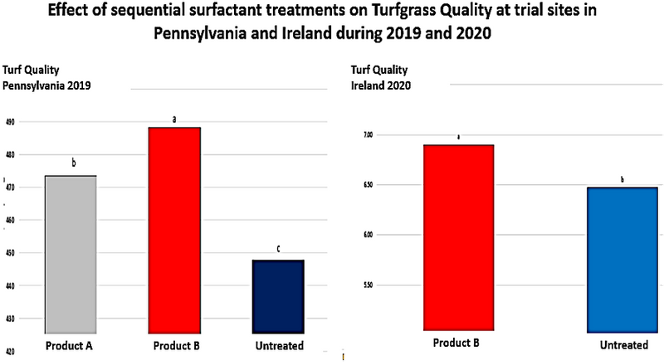
Figure 1: Surfactant effects on turf quality in Pennsylvania in 2019 and in Ireland in 2020. Both summers were exceptionally wet and provided no useful data regarding drought responses, but assessments of turf quality showed significantly better results in all surfactant treatments compared to controls.
The summers of 2019 in Pennsylvania and 2020 in Ireland were both wet and produced no useful data regarding drought responses. However, Figure 1 shows that turf quality was significantly better in all surfactant treatments compared to controls.
July 2021 in Ireland was extremely hot and dry, and significant drought stress was observed. All the surfactant treatments tested significantly reduced wilting compared to controls – Figure 2.
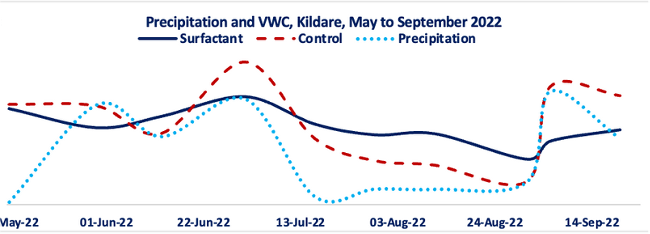
Figure 2: Effect of sequential surfactant treatment on soil VWC comparing with control and precipitation between May to September 2022.
The 2022 research in I reland provided interesting data on soil moisture consistency. Soil moisture in untreated control areas followed the rate of precipitation with a rollercoaster of highs and lows.
Moisture levels in surfactant- treated areas were significantly more consistent and due to the combination of hydrophobic and hydrophilic molecules, the rootzone was dryer during wet periods, but retained moisture during dry periods.
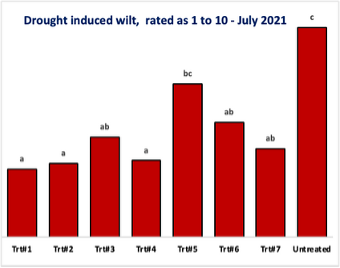
Figure 3: Effect surfactants had on wilt in turfgrass during July 2021, which was hot and dry with significant drought stress observed. All the surfactant treatments significantly reduced wilting compared to controls.
Published research by Ahmadi et al. in 2019 shows that surfactant treatment led to changes in biological activity with enhanced enzyme activity and microbial biomass in the treated rootzones. They also observed an increase in the diffusion of solutes in the rootzone.
They concluded that surfactant treatment has the great potential to improve plant performance, especially under water deficit conditions.
Simply put, surfactants can enhance soil microbial activity and increase nutrient availability.
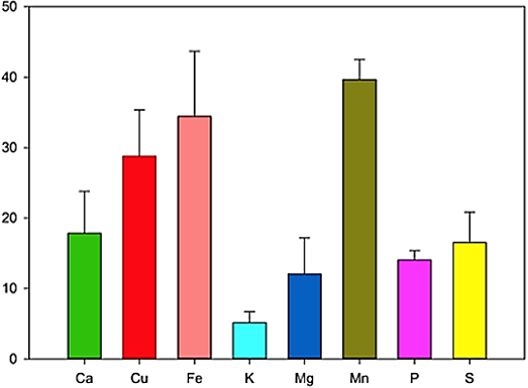
Figure 4: Relative increase of nutrients in surfactant treated soils compared to untreated. Ahmadi et al., 2018
Modern surfactants comprise of hydrophilic and hydrophobic molecules and the placement, combination and ratio of these in a product determine how they perform.
The primary use of soil surfactants has been to enhance water infiltration, reduce soil water repellency, re-wet soil and to improve hydration.
Recent research shows that surfactant use can also:
- Significantly enhance turfgrass quality, even during wet periods.
- Significantly reduce drought-induced wilt.
- Sequential applications will give a consistent, season-long level of soil moisture, maintaining drier rootzones during wet periods, but retaining moisture during dry periods.
- Surfactants can increase soil microbial populations and nutrient availability.

About the Author
DR JOHN DEMPSEY
Technical Advisor To Turfgrass
John has 40 years of greenkeeping experience. He was Superintendent of I reland’ s oldest golf course – The Royal Curragh from 1993 to 2019 . His academic qualifications include a 1 st Class Honours Degree in Turfgrass Science and a Ph D in Plant Pathology at the University of the West of England, Bristol.
John has conducted independent research on turfgrass disease management for the past 15 years and has headed independent Turfgrass Research s ince 2019 .
Research interests have extensively covered the subject Microdochium nivale , turfgrass responses to biotic and abiotic challenge and the effect of nutritional programmes on disease suppression, turfgrass growth and quality.
John has presented the results of his research at numerous conferences in I reland, Scotland, France, Germany, Norway, Canada, Sweden, Czech Republic, and at GIS in the USA and BTME in Harrogate, UK.
Email: drjjdempsey@gmail.com
